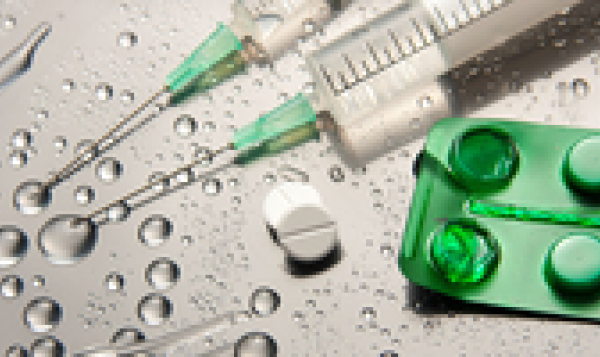PZ
Insulin-like growth factor
Insulin-like growth factor is the most predominant hormone in the group of somatomedins - auxiliary hormones that serve as mediators in stimulating tissue growth. Its structure is similar to that of insulin, but is synthesized by ...
Human growth hormone
Human growth hormone (hGH) is also sometimes known as somatotrophic hormone or somatotrophin.
Corticotropin
Corticotrophin is a polypeptide hormone produced by the pituitary gland. It is sometimes also known as adrenocorticotropic hormone (ACHT).
Chorionic gonadotropin
Chorionic gonadotrophin is a glycoprotein hormone which is produced during pregnancy by the embryo shortly after conception and later in large amounts, by the placenta.
Erythropoietin
Erythropoietin (EPO) is a naturally occurring hormone, secreted by the kidneys, whose function is to regulate red blood cell production.
Anabolic androgenic steroids
Anabolic androgenic steroids are derivatives of the hormone testosterone. The name under which they are more common is anabolic steroids ....
Substances and methods prohibited at all times
All substances or methods that have the potential or ability to produce a long-lasting effect on sport performance if used in training or competition are prohibited at all times.
S2. Peptide hormones, growth factors and related substances
These substances act like “managers” that issue “orders” to the system. For example, they may be responsible for the production of endogenous steroids, recovery of various tissues, enhancement of oxygen transfer, etc.
M3. Gene doping
Gene doping or transfer is based on the principles of gene therapy. Here a healthy gene is transplanted into cells or directly into the genome to replace a mutated or absent gene. Currently, this process is still in the research and trial stage.








